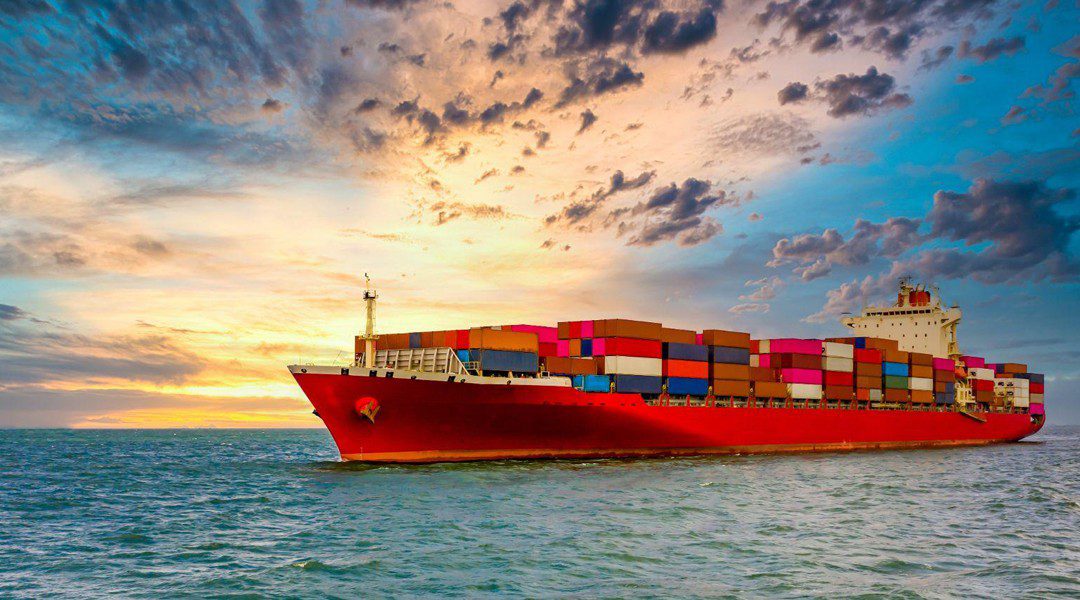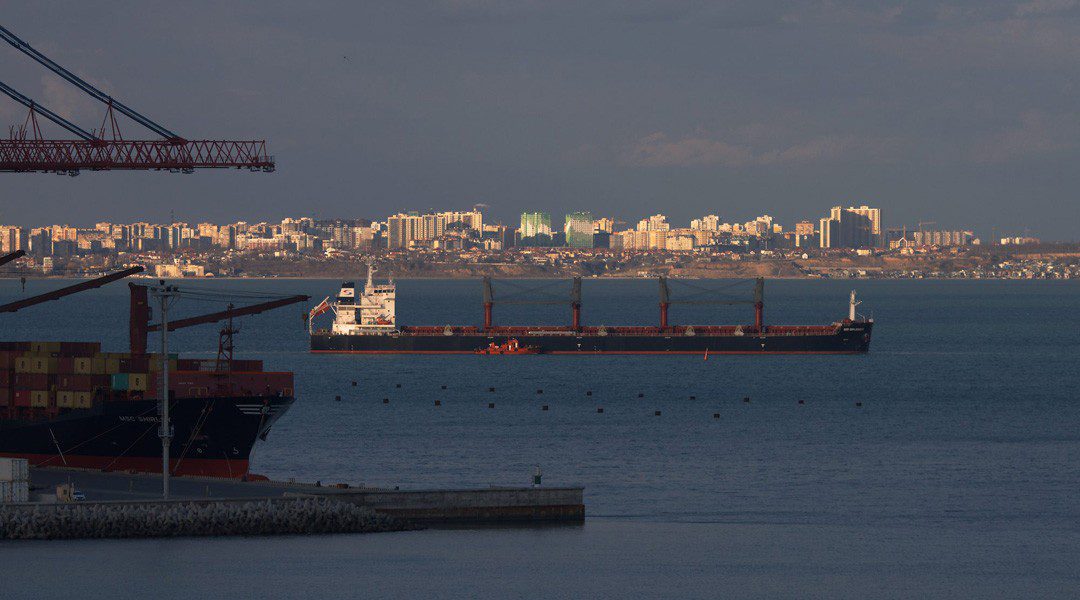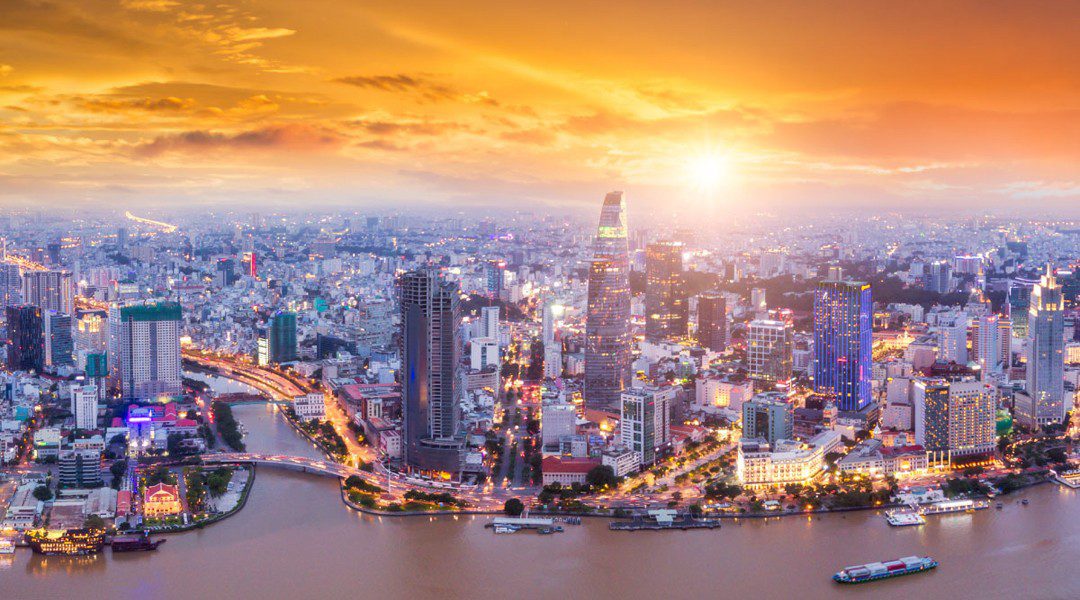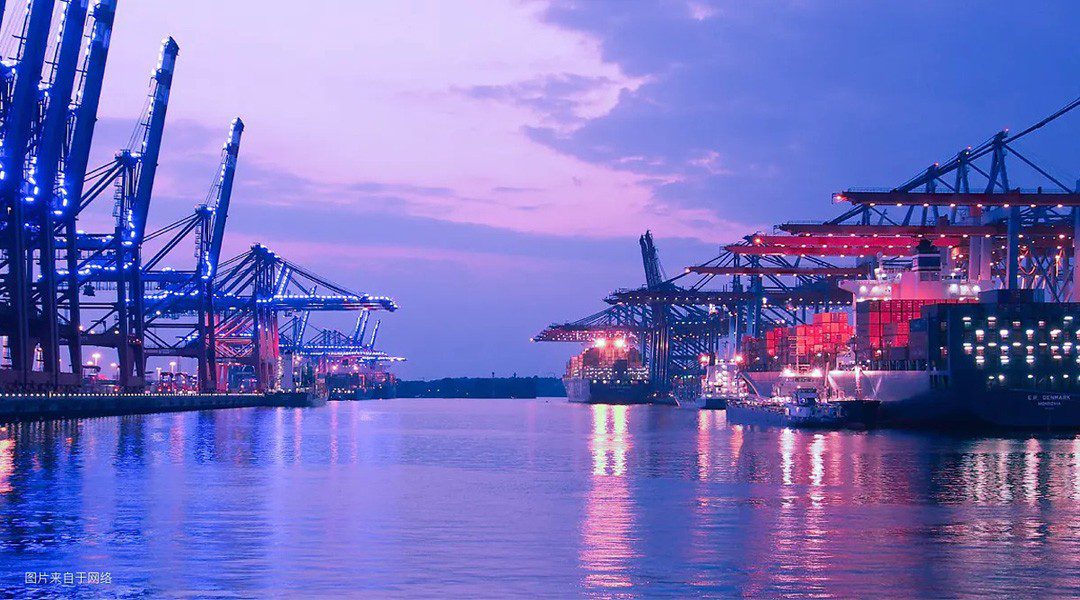
Backlogs of ships waiting outside major ports across the world is perhaps the most visible sign of the on-going global container shipping crisis and issues in the supply chain. But new research suggests that increasing transit times may help provide a clearer picture of these issues.
This is according to a new joint research paper by Windward and Sea-Intelligence, two leading providers of maritime research and analysis and data.
Using Windward’s insights from its Ocean Freight Visibility platform and Sea-Intelligence’s extensive database of vessel movements, the companies show that measuring the total transit time between a containership’s last port of call to the next—not just waiting times at ports—offers a much more accurate picture as to what’s actually happening. This is because many carriers have reverted to “slow steaming,” a practice the industry uses to safe fuel by going slower.
“Measuring the total transit time between a container vessel’s last port of call to the next offers a much more accurate picture, in part because carriers decide to slow steam their way to their next ports of call for better fuel efficiency, instead of sailing at regular speeds and waiting outside,” Windward writes in a blog post.
According to Windward, back in January, the congested U.S. ports of Los Angeles, Long Beach, and Oakland saw an “unusual” increase in length of port calls by containerships—nearly twice the average for 2021, in fact. But the congestion can be seen more clearly when looking at the transit times.
“January 2022 saw an increase of 99% in transit time compared to January 2021, and some voyages experienced a much higher average increase, such as those originating in Tacoma, U.S. (8.9 days vs. 2 days), Manzanillo, Mexico (28.8 days vs. 11.5 days) or Busan, South Korea (29.9 days vs. 18.5 days).”
The post also uses China’s Yantian port, which was hit only briefly by COVID-19 lockdowns in Shenzhen in mid-March, as another example.
“During the week of March 20, immediately after restrictions were lifted in the region, Windward’s AI-driven insights show a spike of 51.25% in the average length of port calls by container vessels at Yantian port. In April, the average transit time from the previous port of call to berthing at Yantian rose by 98%, compared to April 2021, with container vessels arriving from Taiwan and Vietnam spending an additional 81% and 45%, respectively, on the water, before being able to berth at the port,” the post states.
Shanghai, which has remained in full lockdown since April 5, paints a different picture. While some voyages required less transit times in April 2022 than April 2021, there were still “hundreds” of containerships that required a considerable amount of additional transit time to berth at Shanghai last month.
“Looking at Windward data from April 2022, container vessels sailing towards the Port of Ningbo, the world’s third largest container port and a close neighbor to the Port of Shanghai, experienced a rise of 27% in transit time from their previous port of call to a container terminal in Ningbo, compared to the same month in 2021,” according to the Windward.
Container vessels originating from Taiwan had it the worst, averaging 48% longer transit times that month, followed by those originating from South Korea which saw a 38% increase, and Japan which saw a 32% increase, according to Windward.
“Port congestion and global supply chain issues are complex and require a much closer look than simply counting the number of vessels outside ports,” the paper concludes.



